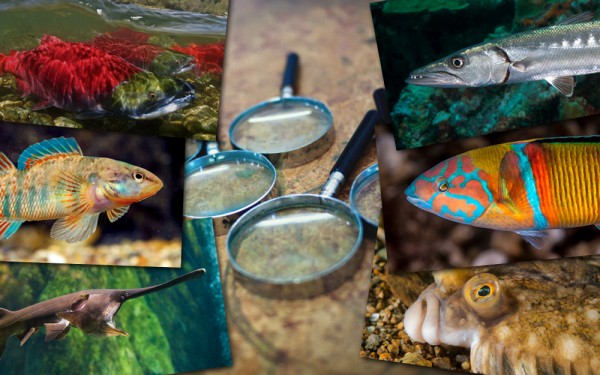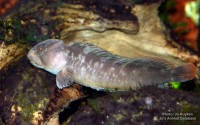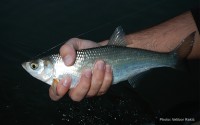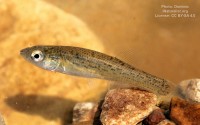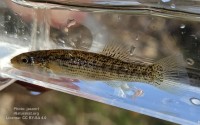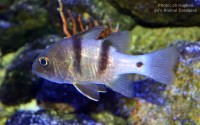Giant short-tailed river stingray
(Potamotrygon brachyura)
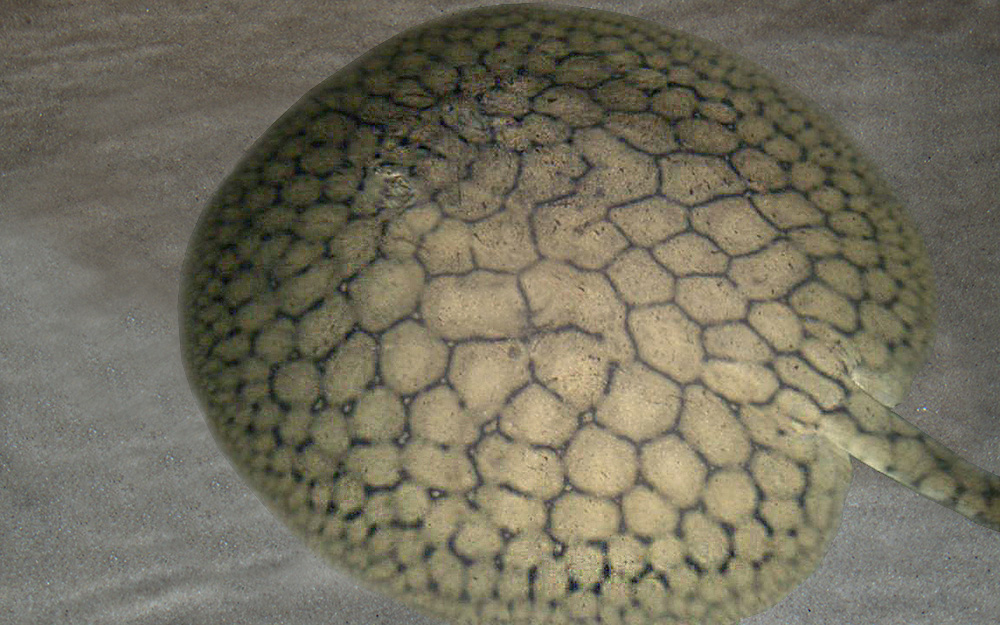
Classification
General data
The short-tailed river stingray (Potamotrygon brachyura) is a species of river stingray (family Potamotrygonidae) native to the Río de la Plata Basin in South America. It is sometimes known as the giant freshwater stingray, but this name is typically used for the southeast Asian Himantura polylepis.
Growing to a disc diameter of about 1.5 m (5 ft) and a weight of 220 kg (490 lb), the short-tailed river stingray is the largest freshwater species in its famil and one of the heaviest strict freshwater fish in South America, only matched by the arapaima (Arapaima) and piraíba catfish (Brachyplatystoma filamentosum).
The primary threat to the short-tailed river stingray is fishing for food and as a game fish, but it is also under pressure from habitat loss and occasionally caught for aquaria.
They have a dark pattern on their backs, probably used as camouflage. The ray’s tail is very muscular and thick, covered with short spines at the base and a venomous sting at the end.
Distribution
The short-tailed river stingray is found in the Río de la Plata Basin, including the Paraguay, Paraná and Uruguay Rivers in the countries of Argentina, Brazil, Paraguay and Uruguay. It may also range into Bolivia in the Pilcomayo River (a tributary of the Paraguay River), but this remains unconfirmed. In the north it ranges from the upper Paraguay River basin, including the Pantanal, and south to the lowermost freshwater sections of the Río de la Plata. Unlike some other freshwater rays, it has not been able to spread to the upper Paraná River basin after the Itaipu Dam flooded the Guaíra Falls, which represented a natural barrier to its range.
